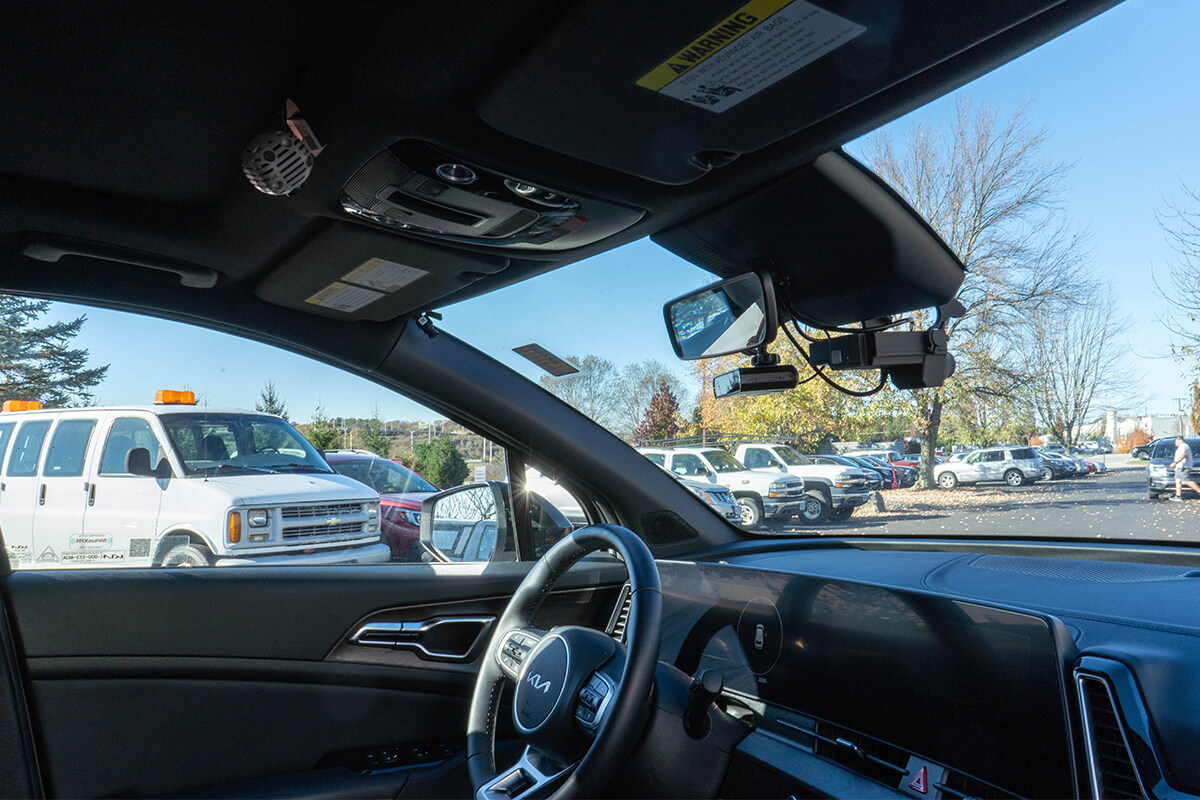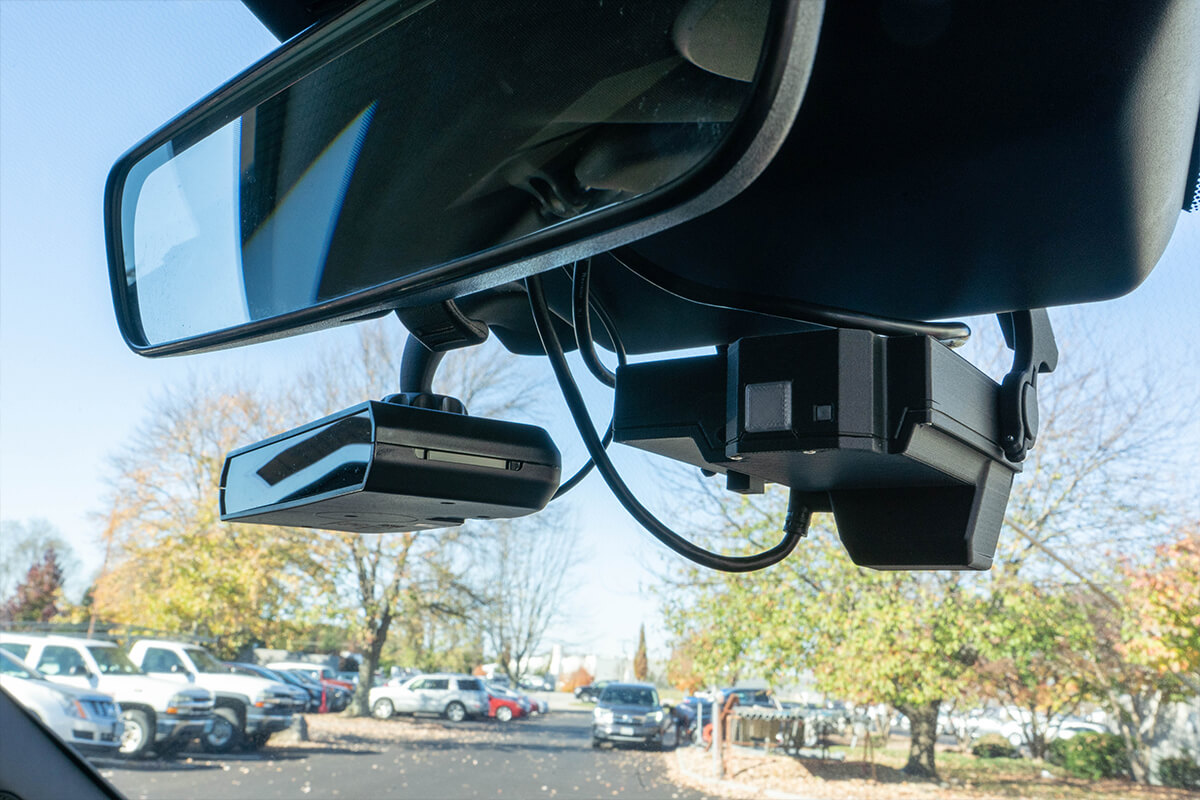Daisy Research Study
Project Background
The Virginia Tech Transportation Institute (VTTI) is seeking drivers to participate in a naturalistic driving study and drive their vehicle as they normally do every day. This study is sponsored by the National Highway Traffic Safety Administration (NHTSA). VTTI has conducted numerous similar studies over the last 20+ years.
If you drive one of the following vehicles in the vicinity of Washington, D.C. / Northern Virginia / Maryland, Denver (Colorado), or Seattle (Washington), you may be eligible to participate:
- Ford Mach-E (2021 or newer)
- Honda CR-V (2023 or newer)
- Kia Sportage (2023 or newer)
- Subaru Outback (2023 or newer)
- Tesla Model 3 with FSD (2021 or newer)
- Toyota Corolla Cross (2023 or newer)
Volunteers will be compensated for their time. For the initial six-month enrollment period, the total maximum compensation for completing all study tasks is $1,100.
This research has been reviewed and approved by the Virginia Tech Institutional Review Board (IRB #22-908); this assures compliance with all applicable laws and guidelines specifying ethical research practices.
Drivers of all genders, races, and ethnicities are needed and encouraged to apply.
All data we collect from you and your vehicle will be kept strictly confidential.
To learn more, you can reach the VTTI Volunteer Coordination Team at 540-231-1583/DaisyStudy@vtti.vt.edu (reference the "VTTI Daisy Study", along with your location, in your message) or follow the "How to Sign Up" link.
Purpose
As technology continues to advance, vehicles with driver support systems (DSS) are becoming more common on U.S. roadways. These systems are designed and intended to improve safety and enhance the overall driving experience. Examples of DSS include lane centering and adaptive cruise control. However, our current understanding of how people interact with these systems and how they influence driving behavior is incomplete.
The purpose of this is to collect data about how drivers interact with and use these systems in the real world; this will help key stakeholders understand how and when drivers choose to use and trust them and how use may change over time. An additional purpose of the study is to make the collected study data available to a broad range of transportation researchers to identify and address problems, design new systems, and improve transportation safety.
What to Expect
If you are eligible and choose to participate, a data collection system will be temporarily installed in your vehicle for 6 months. Trained technicians will install the data collection apparatus in your vehicle. Then, you will simply drive it as you normally would. Participants may be offered an option to extend their enrollment after 6 months.
The system has GPS and other sensors that will record driving data, such as speed and acceleration. It will also have cameras that record the roadway, the driver's face, and the dashboard. The recording system is very unobtrusive and will not affect your vehicle's performance.
Throughout the study, the research team will ensure your privacy is both locally and federally protected; your privacy is protected by a Certificate of Confidentiality issued by the National Institutes of Health (NIH). Your data will not be viewable in real time. None of the equipment will automatically alert the researchers of any findings while you are driving. The data collected by the equipment installed in the vehicle is secure—all data will be encrypted and can only be decrypted by authorized technicians later.
FAQs
- Someone will explain this research study to you.
- Participation is optional.
- The video, other data, and additional information that could be used to identify you will be held under a high level of security.
- If you decide to take part, you are always free to change your mind and exit the study at any point without penalty.
- You are welcome to ask all the questions you want before you decide.
Participant data is assigned a number, such as #101, to protect their identity. Any information that could be used to personally identify you will be stored separately from your driving data. It will be stored securely in electronic form during the study and destroyed in a timely manner once the study is complete. This information will not be linked to your study data and will not be used in any research or analysis. For example, in analysis, the data will reflect only the participants' #s not any personal information beyond gender or age (such as #101, 58yr F).
More details on this will be provided should you move forward in the screening process and prior to scheduling any enrollment appointments.
- Talk with a member of the research team via Zoom after you have reviewed a consent form that we send in advance. The researcher will answer any questions and help you enroll in the study.
- Complete online surveys at the beginning and end of the study.
- Allow a technician to temporarily install equipment with cameras and sensors in your vehicle. The installation will not permanently alter your vehicle (more information is provided below).
- Drive as you normally would for up to 6 months. During that time, it is possible that we may occasionally need to schedule time with you to perform equipment maintenance.
- At the end of your participation, meet with a technician so the equipment can be removed from your vehicle.
The operation or drivability of the vehicle should not be affected by the instrumentation. The system is very unobtrusive. VTTI has successfully instrumented over 6,500 vehicles to date. More on this will be provided should you move forward in the screening process and prior to scheduling any enrollment appointments.
There is NO audio recording unless you press the 'incident' button. The open audio channel only lasts for 30 seconds after the button is pressed. This data is recorded and reviewed at a later time; it is not "live" data.
The trip information (e.g., GPS location) is recorded, but again, this data is not viewable in real time. Data will not be viewed by researchers until a later date. We are mainly interested in how people drive, not personal details of places they frequent.





